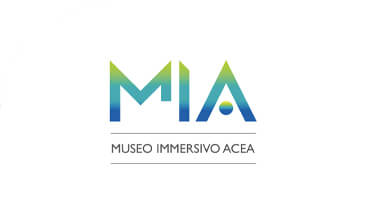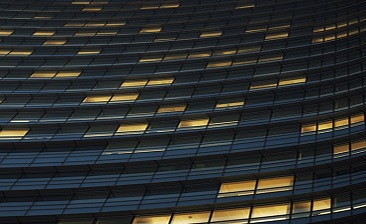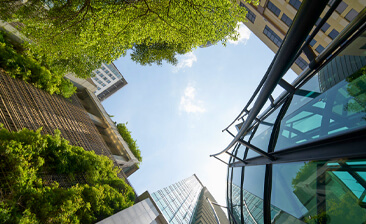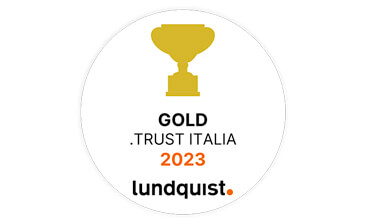
Acea for World Energy Saving Day
Fixed fee, variable fee, adjustable charges and VAT. These are the items you read when you scroll down the amounts shown in the water bill, and sometimes they can leave the consumer perplexed.You need to know that the integrated water service (aqueduct, sewage and purifier) payment consists of several items, divided into fixed and variable fees. This is what the “Integrated text for corresponding water service”, abbreviated “Tisci”, amounts to, as approved by the Authority that oversees the water sector (Arera), and what the environment authorities and operators have to apply.When the introduction of fixed quotas was introduced in 2014, the so-called “minimum applied consumption” in Frosinone’s Ato 5 was exceeded; up to then it had involved each user paying for 108 m3water per year, irrespective of whether that amount was consumed. Both in the case of domestic users and for uses other than domestic, the payment of a variable fee and a fixed fee is therefore envisaged both for the aqueduct service and for the sewage and purification services (these latter services are paid only if actually used): the variable fee includes a rate to be applied to the bill based on the cubic meters of water consumed, while the fixed rate involves an annual fee to be applied to the bill based on the number of days the consumption period billed refers to.The rates that apply are established by the optimal environmental authority and, depending on the method dictated by Arera, prepared by the mayoral assembly.If there are only two rates for sewage and purification (one for the fixed and another for the variable part) that apply to all consumers, things change when the aqueduct is involved, because the rate to apply is instead divided into consumption bands, according to a disincentive system that provides increasingly higher costs for those who consume more water resources (according to the principle "the more you pollute the more you pay"): there is a basic tariff and subsequent consumption bands that have to be progressive, with the limit that the highest bracket cannot be more than six times the reduced rate. In fact, a preferential rate is necessarily applied for residential domestic use (the reduction can have a value between 20 and 50% of the basic rate), which includes the consumption of 50 liters per day (established as the minimum vital quantity) for each member of the family nucleus (the so-called “per capita” rate, currently applied in a standard way - that is, referring to a typical three-member family), will be applied in full in 2021).On the other hand, the “adjustable charges” items are increases in the corresponding integrated water service (between 0.004 and 0.009 Euros/m3) fixed by Arera and periodically updated to sustain: costs relating to rate reductions for integrated water service and payment rates for people affected by seismic events (code UI1); upgrading the aqueduct, sewage and purification technical services (code UI2), and the water bonus (code UI3). The fees for the UI1-2-3 components have to be applied for the volumes of water, sewer and purification (always if due) for UI1 and UI2, while for UI3, the fee must be paid only on the volumes of water.Finally, there is VAT, with 10% applied to the fees, calculated as stated above, and which the user must pay.
Discover the latest news and initiatives of the Acea Group

Acea for World Energy Saving Day

Visit the virtual museum about the history of the Acea Group

The channel for the commercial requests on land urbanisation

Acea turns the spotlight on the Rome Film Festival 2023

Acea is in the "Gold class" in the .trust research

Read more about our culture of inclusiveness